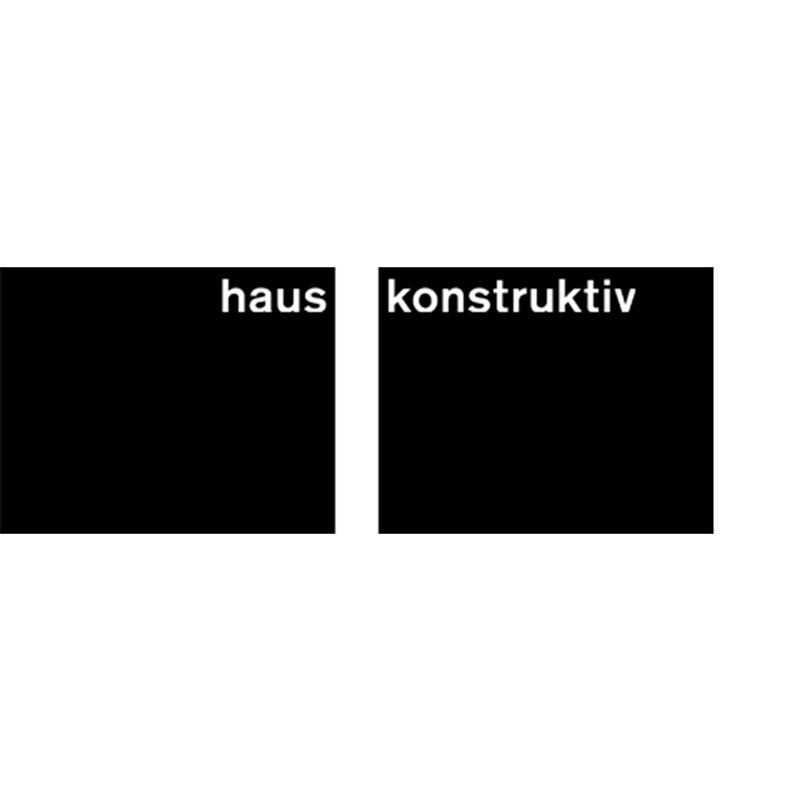 Haus Konstruktiv Museum
Haus Konstruktiv Museum
Geometry and opulence are generally perceived as opposites: While geometry represents rationality, order and reduction, opulence is associated with engrossing lushness, excess and redundancy. However, a look at art history shows that they are definitely intercon-nected, especially when a geometric motif is multiplied in such a way that it takes on ornamental characteristics or becomes a pattern. In a 2012 text (published in the antho-logy Ornament: Motiv – Modus – Bild), art historian Markus Brüderlin notes that the ornamental kept showing up as an important driving force in 20th-century abstract art, the most recent clear expression of which being the “tendency toward the ornamental” seen in the 1980s’ revived abstraction.
Taking nationally and internationally renowned artists as examples, the exhibition Geometric Opulence at Museum Haus Konstruktiv asks: How intertwined are geometry and opulence today? When does something start to be read as opulent? And how is contemporary art addressing these matters? The invited artists assign a special role to playing with multiplication, densification and spatialization strategies for abstract geometric elements. Here, opulence arises via imposing formats, a huge amount of paint, or an accumulation of any kind of material, for instance. Another form of play consists of leaving the two-dimensional image space and taking over real space. Entirely in the interests of opulence, all the artists have been given as much space as possible, so this group exhibition is made up of largely independent solo presentations. What they all have in common is an artistic language that reflects an interest in geometry, structure, variations and systems, as well as mastery of opulence’s prerequisite grand gesture.
